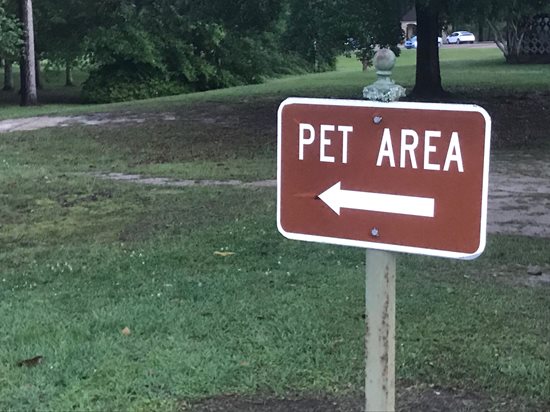
Most people at some point in their life have walked a dog. Typically, when you walk a dog, you look ahead to see if there is anything that might grab the dog’s attention. It is not a good practice when walking a dog to wait until the dog sees something it wants to go after. If you are inattentive while walking a dog, it is liable to snatch at its lease as it lunges at something that it saw.
Not everyone has ridden a horse I have ridden a horse, and one of the things you do is look ahead to anticipate items that might be ahead that might startle the horse. If a horse gets spooked by something unexpected, it may dart in a direction you did not anticipate, which could lead to you sitting on the ground as the horse runs off.
I use these examples when talking about collision mitigation systems (CMS). I often hear of drivers talking about their collision mitigate system reacting and hitting the brakes for no reason. What I share with them is that CMS never activates for no reason. The most important thing to know that is equipped with collision mitigate is to understand what it is looking for and what it will react to.
While a CMS equipped vehicle is tracking well over 100 items per second. While monitoring these threats, the CMS system is identifying what it sees as the several top threats. This is what is important to understand what the CMS recognizes as a threat. The primary danger is vehicles moving slower than the CMS equipped vehicle. It is essential to know it is not just a distance and feet that determine if braking action will be taken. The factor that is hard to display is the rate of closure. If you are cruising along at 65 MPH and are gaining on a vehicle that is moving at 35 MPH, the system will react much differently than if you are gaining on a vehicle that is traveling at 62 MPH. This is because the interaction between your vehicle and the vehicle ahead is going to be an issue in a much shorter period of time.
Another area I have heard from drivers is that there was nothing ahead of them when the CMS reacted. There was most definitely something ahead of the CMS equipped vehicles field of vision. It is essential to know the CMS system is looking directly forward and does not see the road is turning.
My first experience with this was going up I-77 in West Virginia. Here is the scenario:
I was traveling up a mountain pass transporting a trailer for an event for Freightliner. At the time I was driving a truck I had never driven before. This was my first experience with CMS. So here I am traveling up the mountain passes and not losing any speed. My frame of mind this is easy, nice, and I am not losing any momentum on these mountain passes. For those of you that have not traveled I-77 in West Virginia, this is a route in which you are seldom going in a straight line for a very long time. You are continually turning right or left. So, as I was going up over the mountain and I was in a left-hand turn in which there was a fairly steep grade. The truck I am in is traveling effortlessly at 65 MPH, and in the view of my windshield, I see a flatbed trailer with the 4-ways on in the right lane. At this point, I turned on my left turn signal to get into the center lane to cruise right past this heavily loaded truck with its 4-ways on traveling approximately 35-45 MPH. As I approached this vehicle all I had in my mind was that I was going to breeze right over this mountain. Then much to my chagrin, as I approached this vehicle to go by my brakes come on to match the speed of this truck and trailer I was about to pass.
After I got done saying a few choice words I began to analyze why this system went off as there was clearly no one in my lane. This was when I realized the system was looking straight ahead and indeed it was seeing a slower moving vehicle in the curve which put it directly in front of me. What I quickly came to realize is that I had not reacted to what the CMS identified as a threat. This was much like my walking a dog or riding a horse, that the CMS would see this slowing moving truck as a threat. However, I identified that the CMS is looking straight ahead all I would have had to do was touch the brakes to cancel the cruise, cancel cruise with steering wheel button, or lightly apply the throttle, so the truck knew that the driver was taking action and had identified the threat.
Today as I drive my current truck that is equipped with CMS I am continually monitoring what comes into the field of vision in regards to perceived threats by the CMS system. Because of this I have become a more alert driver and have taken control of the CMS controlled truck instead of it managing me. Now you may say wouldn’t it be easier not to have the system?
I would agree with anyone who made this statement if it had not saved me from a collision on one occasion. In my next blog, I will go through how CMS saved me from having a costly accident.